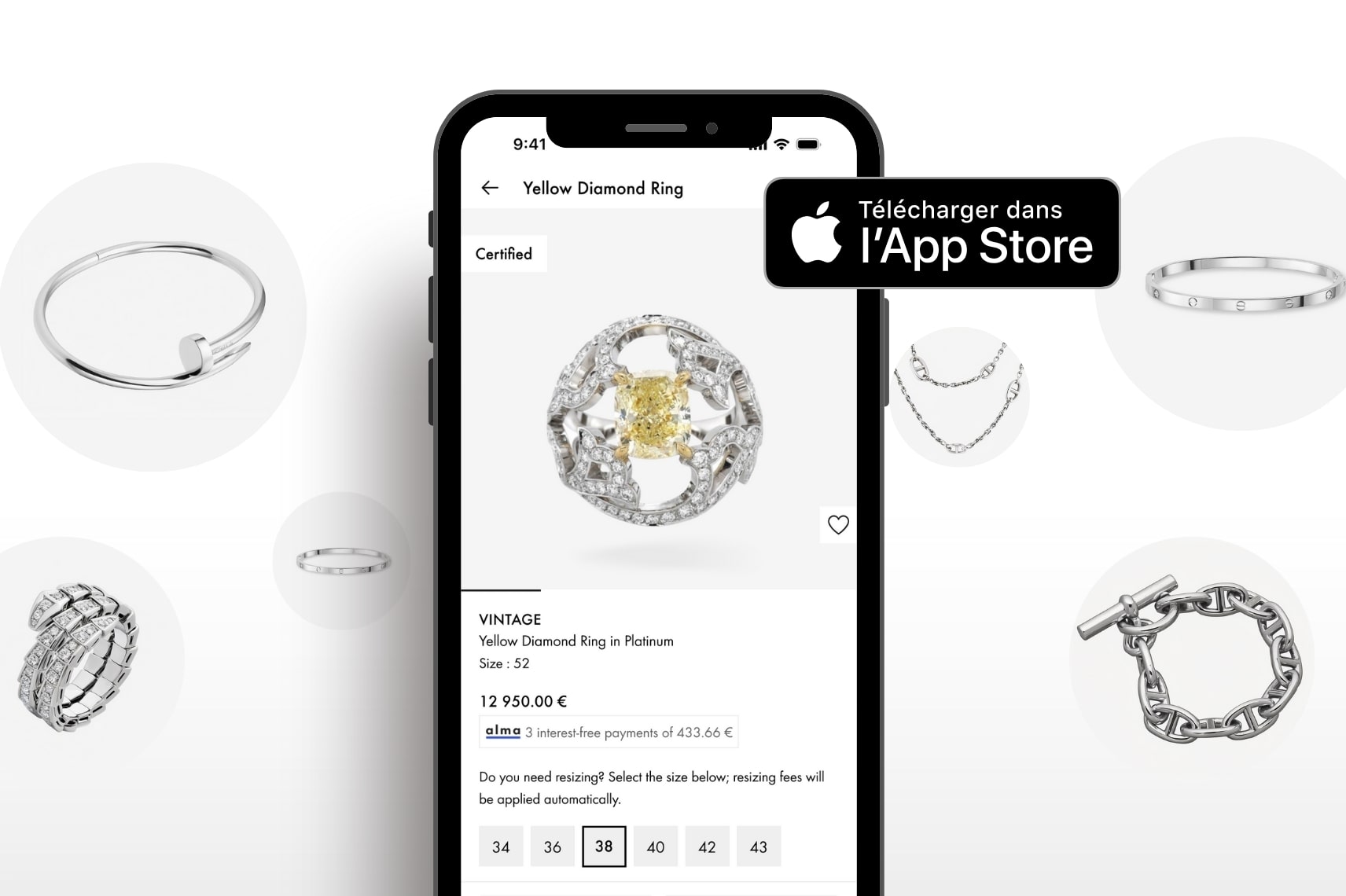
Opal in the history of jewelry
Opal emerges as a true work of art of nature. Its shimmering reflections and striking color palette fascinate. It also appears as a symbol of mystery and timeless beauty. But what exactly is an opal and what is its place in history?
What is an opal?
Known since antiquity, theopal takes its name from the Latin word opalus, which means "precious stone." There are two categories of opals: noble opals and common opals. Noble opals are distinguished by their highly prized rainbow iridescence on a white to dark base. Common opals, on the other hand, offer an intense color without iridescence.
Opal is mainly composed of hydrated silicon dioxide, with traces of various other elements such as aluminum, calcium, and potassium. It is distinguished from other gemstones by its complex crystalline structure. Unlike regular crystals, opal has an amorphous or microcrystalline structure. Its unique structure and composition make opal a gemstone rich in physical and optical properties.
Indeed, optically, opal is known for its iridescence phenomenon which manifests itself through a flamboyant play of colors. Physically, opal is distinguished by its softness and fragility. On the Mohs scale, designed to measure the hardness of minerals, opal is between 5.5 and 6.5. In addition, opal displays a low density as well as low thermal conductivity. Thus, it is more sensitive to shocks and temperature variations. To compensate for its fragility and reinforce its stability while maximizing its play of colors, opal is cut into a cabochon.
There are a wide variety of opals: fire opals, whose shimmering colors are reminiscent of flames, boulder opals, embedded in the rock matrix, crystal opals, transparent and pure, black opals, deep and mysterious and pink opals, rare and delicate.
The different uses of opals
The use of opals dates back several centuries before our era. In some cultures, they were prized for their esoteric, apotropaic and therapeutic properties. They were used to promote healing, balance energies or protect the wearer.
In ancient Egypt, opals were valued for their mystical properties. They were also used in jewelry and funerary ornaments for pharaohs and members of the elite. Opal was thought to have protective and healing powers and was associated with the sun god Ra.
In ancient Greece, opals were seen as the tears of the gods. They were thought to have prophetic and clairvoyant powers. Wearing them as talismans was intended to attract the favor of the gods and prevent illness.
This image of opal as a sacred stone was also present during the European Middle Ages. Indeed, opals were considered magical stones with healing powers and protection against diseases and evil forces. Kings, nobles and priests often wore them as symbols of power and spirituality.
Even today, some people continue to use opals for their symbolic and spiritual value although no results have been scientifically proven.

However, you may have heard that opals bring bad luck. What is the truth? Since they are more fragile than other gemstones, opals crack easily. Some people interpret this as a sinister omen or an invitation to bad luck. Their iridescent play of colors means that they are sometimes associated with mood swings or fluctuations in luck.
In short, depending on each person's individual and cultural beliefs, opal is a stone that can bring either good luck or bad luck.
Opal in jewelry
Opal has also been a source of inspiration for jewelers for centuries. Indeed, the Opal Crown of Louis XV created in the 18th century demonstrates the use of this gem in royal jewelry. Similarly, the Opal Tiara of the British Royal Family has been worn by several members of the British Royal Family during major events. We can also mention the Queen's Opal Parure Victoria who wore it in the 19th century.
Among the designers who used opal in their creations, Peter Carl Fabergé, famous Russian jeweler, made his mark with his eggs Fabergé encrusted with precious stones, some of which are opals. René Lalique and Georges Fouquet, two key figures of Art Nouveau, added opal to their creations such as on Margaret Brooker's necklace.
The Opal Market
What are the criteria for assessing an opal? Evaluating an opal is a unique experience since the observer relies primarily on his senses. He is guided by the emotion that runs through him when he sees and touches the opal. The emphasis is on the nuances of color, the clarity as well as the internal patterns and designs that extend over the stone. The experience of evaluating an opal is almost like an artistic experience since sensitivity plays a key role. Other important criteria are for example the brilliance, the intensity of the colors and the distribution of the light flashes. The shape, whether the opal is flat or domed, also has an impact on the value of the stone.
So, these are all factors that determine the value of an opal. However, it should not be believed that an opal is judged only by its beauty. Its rarity and the difficulty of finding a similar stone on the market are taken into account. It is therefore both aesthetic and pragmatic questions, depending on supply and demand, that determine the price.
Find more opal jewelry on our site 58 Facettes.
4.7/5.0 — 1600+ avis
A New Way
to find some
Vintage Jewelry
Discover the IOS application that revolutionizes the buying and selling of second-hand jewelry.
Download
Automne 2024
